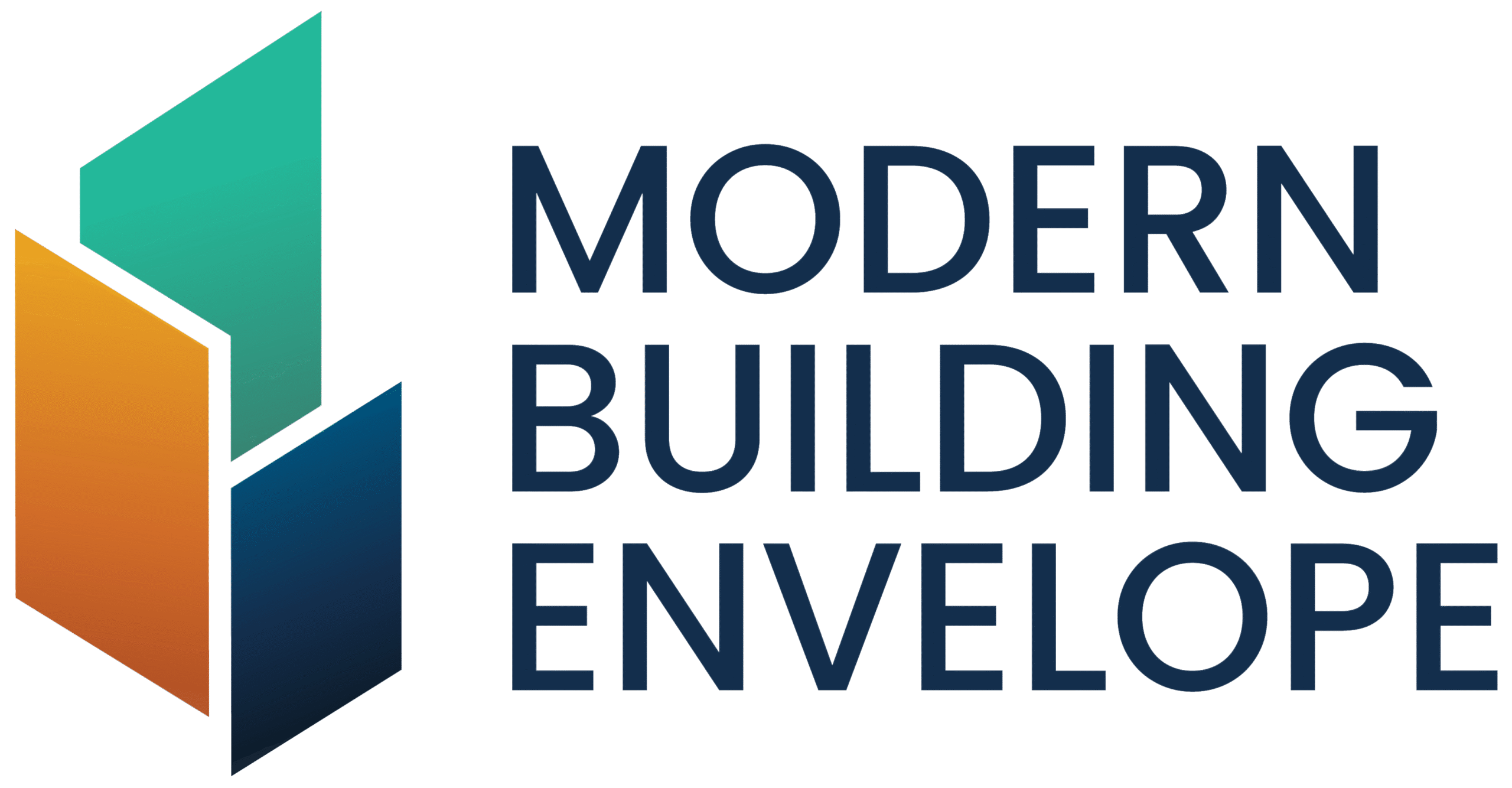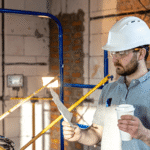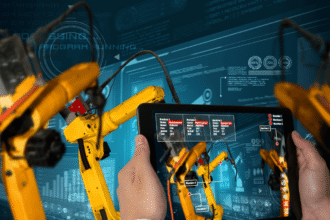The construction industry is rapidly transforming as digital manufacturing tools redefine how buildings are designed, fabricated, and assembled. Precision, efficiency, and quality are no longer achieved through manual control alone but through intelligent technologies that link design to production in real time.
From automated fabrication systems to AI-driven monitoring, digital tools are ensuring that every component meets the highest performance standards, improving quality at every stage of the construction process.
The Shift Toward Digitally Integrated Construction
In the past, construction quality relied heavily on on-site supervision and manual craftsmanship.
Today, digital manufacturing bridges the gap between design and production, allowing components to be modeled, tested, and perfected before they reach the job site.
This shift results in tighter tolerances, fewer material errors, and faster assembly times, leading to buildings that perform exactly as intended.
Core Digital Tools Elevating Construction Quality
1. Building Information Modeling (BIM)
BIM has become the foundation of digital manufacturing.
It allows teams to create detailed 3D models that integrate architectural, structural, and mechanical systems. Manufacturers can extract precise fabrication data directly from these models, minimizing human error and improving coordination across disciplines.
2. Computer-Aided Manufacturing (CAM)
CAM systems translate digital designs into machine-ready instructions.
This enables automated cutting, milling, and assembly of materials with near-perfect accuracy. As a result, each element fits seamlessly on site, reducing rework and improving long-term durability.
3. Robotics and Automation
Robotic arms and automated fabrication lines now handle repetitive or precision-based tasks.
They ensure consistency in material placement, welding, and finishing, leading to higher structural integrity and faster project delivery. Robotics also enhance worker safety by reducing exposure to hazardous environments.
4. 3D Printing and Additive Manufacturing
3D printing allows the creation of complex geometries that traditional methods cannot achieve.
This technology supports innovative façade systems, lightweight structural forms, and sustainable material use all while maintaining strict quality control.
5. IoT Sensors and Real-Time Quality Monitoring
Connected sensors track temperature, vibration, and curing conditions during material processing and construction.
The data is analyzed in real time to detect potential quality issues early, ensuring that corrective actions are taken before small defects become major problems.
Benefits of Digital Manufacturing for Construction Quality
Digital manufacturing ensures repeatability, transparency, and precision three key elements of quality assurance.
By capturing every step of production in a digital environment, teams gain better visibility and control over performance outcomes.
Other major benefits include:
Reduced waste and material inefficiency
Faster project timelines with fewer on-site adjustments
Consistent adherence to engineering specifications
Improved safety and compliance with performance standards
Driving Sustainability Through Precision
High-quality construction is inherently sustainable.
Digital tools minimize errors that lead to wasted materials or rework, and automated fabrication ensures that resources are used efficiently.
By aligning quality and sustainability goals, digital manufacturing supports the industry’s transition toward net-zero construction and longer-lasting buildings.
The Future of Digital Manufacturing in Construction
As AI, machine learning, and digital twins continue to evolve, quality control will become predictive rather than reactive.
These technologies will simulate entire manufacturing and assembly processes before execution, identifying potential issues in advance and guaranteeing consistent results on every project.
The result is a smarter, faster, and more sustainable approach to building manufacturing one that defines the future of construction excellence.
Image Credits: Freepik












